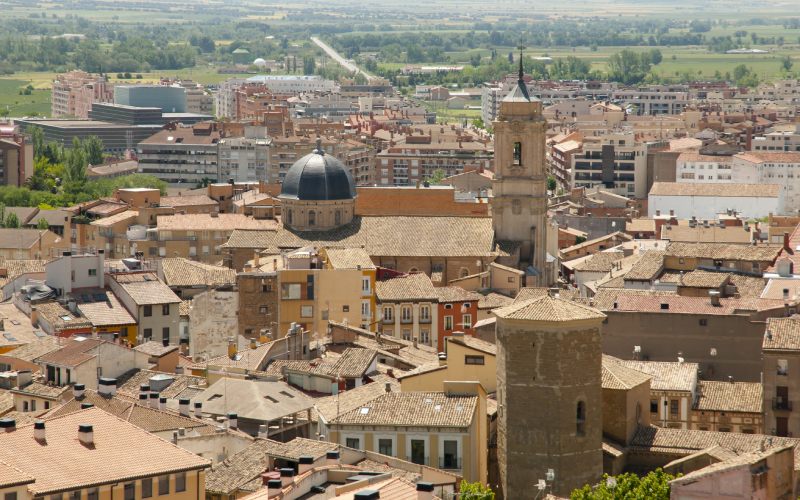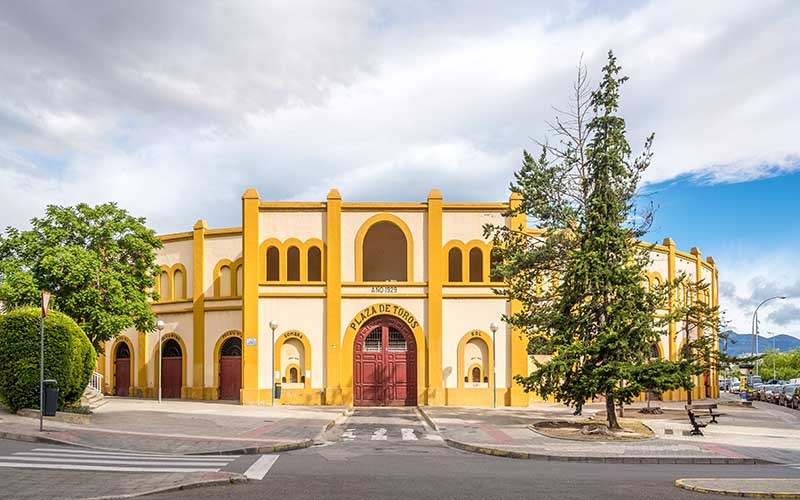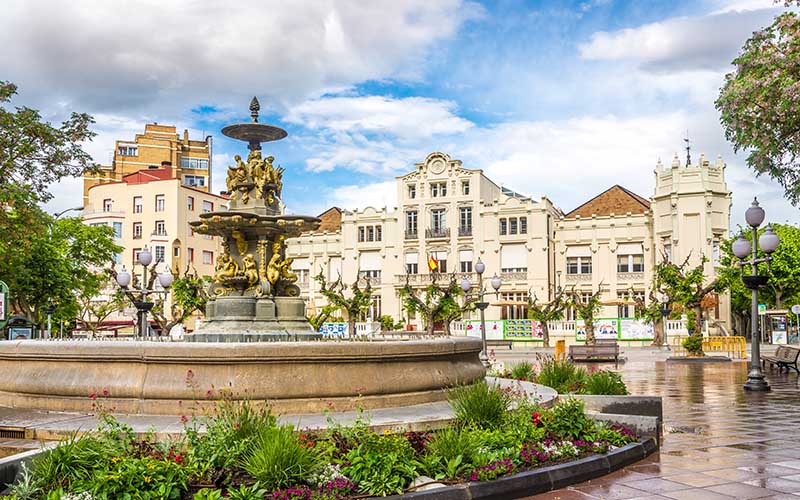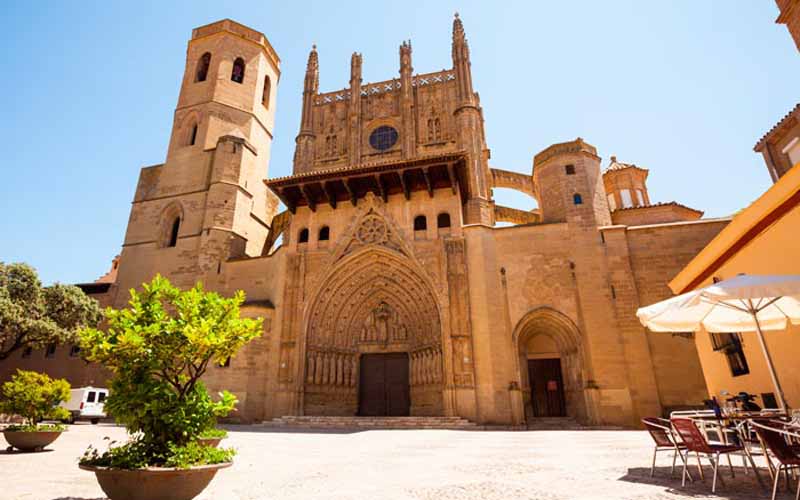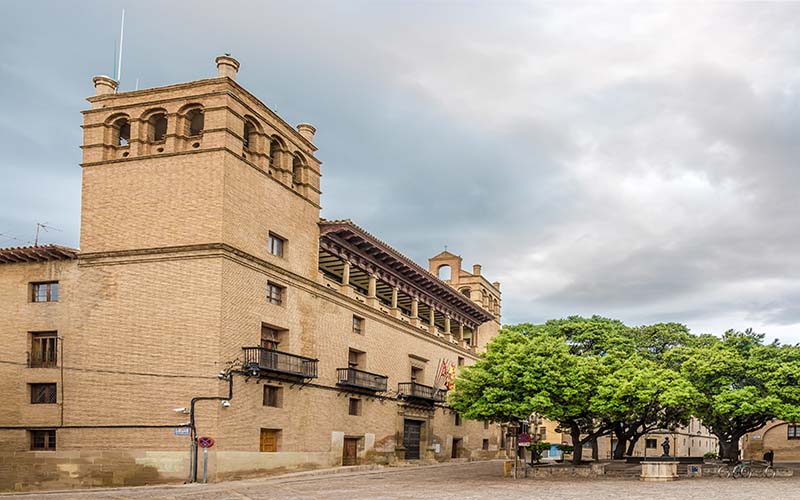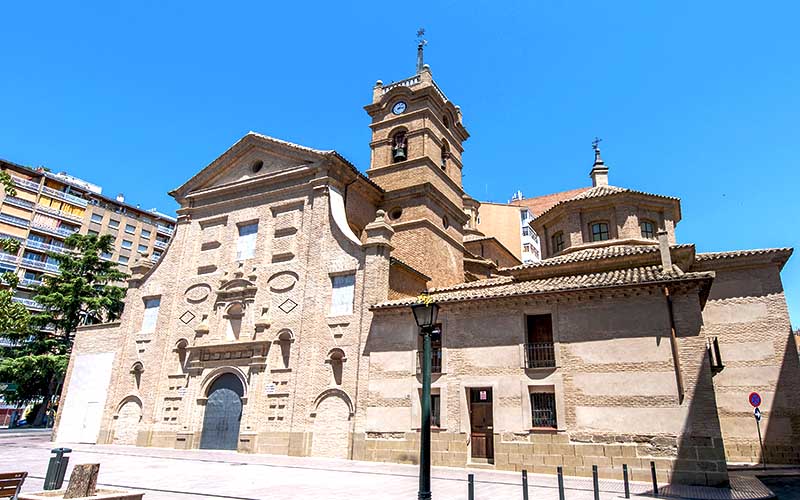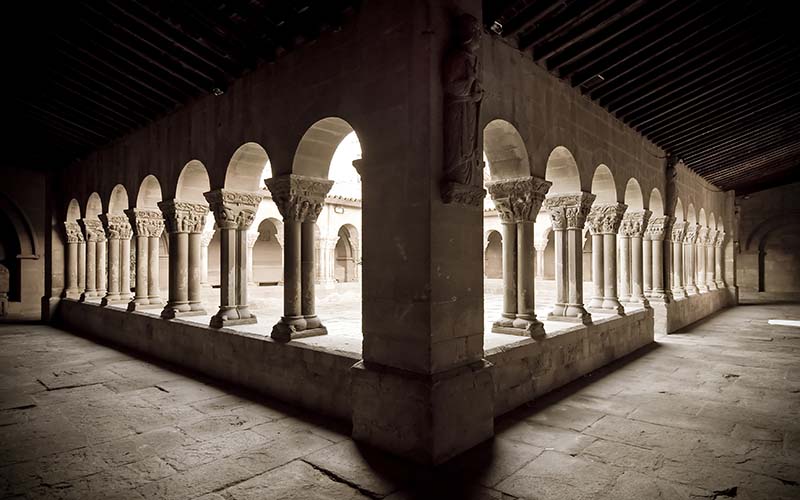Origin of the city
The origin of the city is a Celtiberian village named Bolskan. Romans developed it and called it Urbs Victrix Osca (which means Huesca, a victorious city). During the final stage of the Roman Republic, Osca became popular.
Huesca was the residence of one of the first “hispanic” heroes, in a romantic sense. He was the soldier and politic Quinto Sertorio, who was born in the current country of Italy. From Hispania he kept a bloody war against the Roman senate led by Sila. In 72 B.C. when the war became against him, he was poisoned by its collaborators in a banquet celebrated in his villa of Osca.
It was a very active period in the area overall. Even silver and copper coins were minted with the name of the city.
Muslim rule
Muslims called the city Wasqa and walled it in the 9th century. It was the northest city of Al-Andalus. It was usually assaulted by French Counts loyals to Charlemagne emperor. Fortifications saw how the King Sancho Ramírez de Aragón died, who felt on the field of the battle trying to cross these fortification in 1094.
However, two years later, after the Battle of Alcoraz was conquered by the new king, Peter I. During the war San Jorge made a miracle appearance, and then became the Patron Saint of Aragón.
Courts of the kings
The city of Huesca hold the court of the Kings of Aragón for years. Thus, it was very related to the crown. That is why the popular Alfonso I the Battler asked for being buried in the castle of Montearagón. Later, Monk Ramiro II ordered to be buried in the Monastery of San Pedro el Viejo. As the residence of the Royal Family was Huesca, three kings were born there: Queen Petronila, Alfonso II (who would build his palace inside the city) and Peter II.
In 1135 took place the popular episode of “La Campana de Huesca” (Huesca’s bell). King Ramiro II of Aragón called some noblemen candidates. The aim was to build a bell that make such noise to be heard around the whole kingdom. He brought the rebels into a room where he beheaded them one by one, stifling the rebellion and offering a lesson of strength to their opponents. Another interesting episode happened in 1247. A court session was hold that had as a result the first official compilation of los Fueros de Aragón (Aragonese own code of laws). This document worked as a basis of the law after the kingdom and the crown of Aragón.
Economic, social, artistic and demographic development
Because of its foundation in 1354, the University of Huesca is one of the oldest in the Iberian Peninsula. It had five faculties: theology, civil law, canon law, medicine and arts. These were definitely consolidated during the 16th and 17th centuries. During those years the city lived a period of great economic, social, artistic and demographic development.
In the 18th century, after the War of the Spanish Succession, the city of Huesca hosted many students coming from Catalonia since the Nueva Planta decrees had closed the catalonian centres and Huesca was the closest city. This University closed in 1845. Since the end of the 19th century, population began some urban remodellings and modern works. By this way they shape the current city structure.


